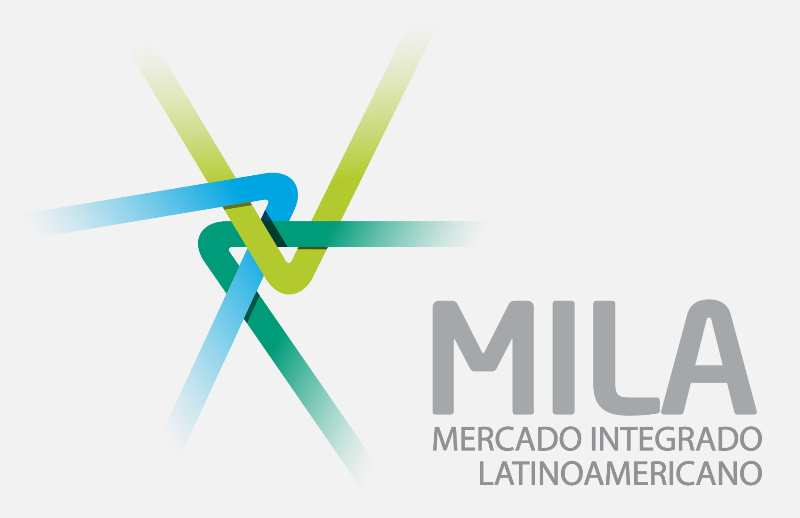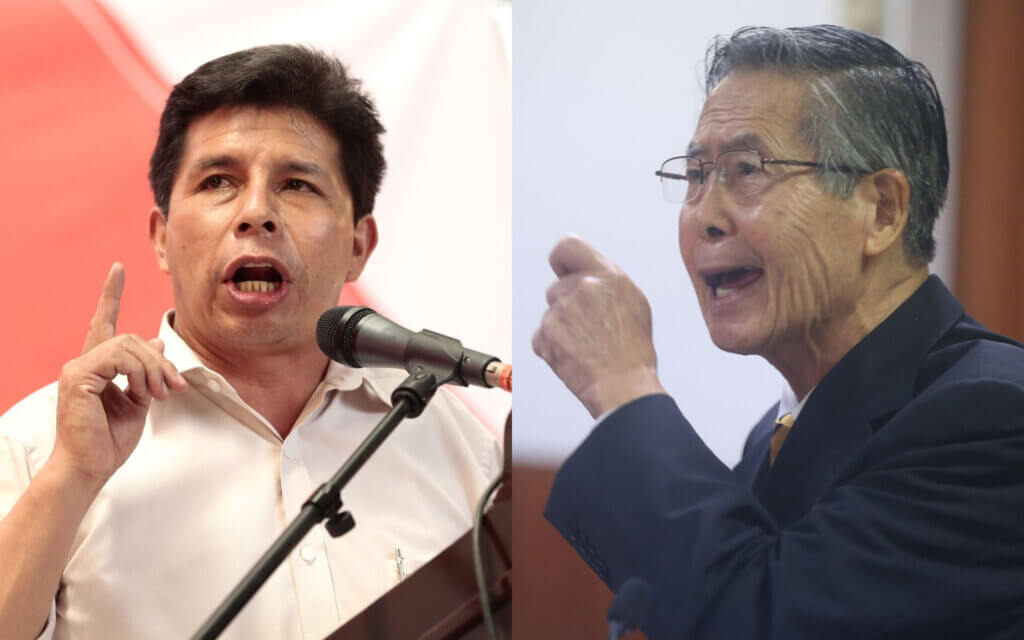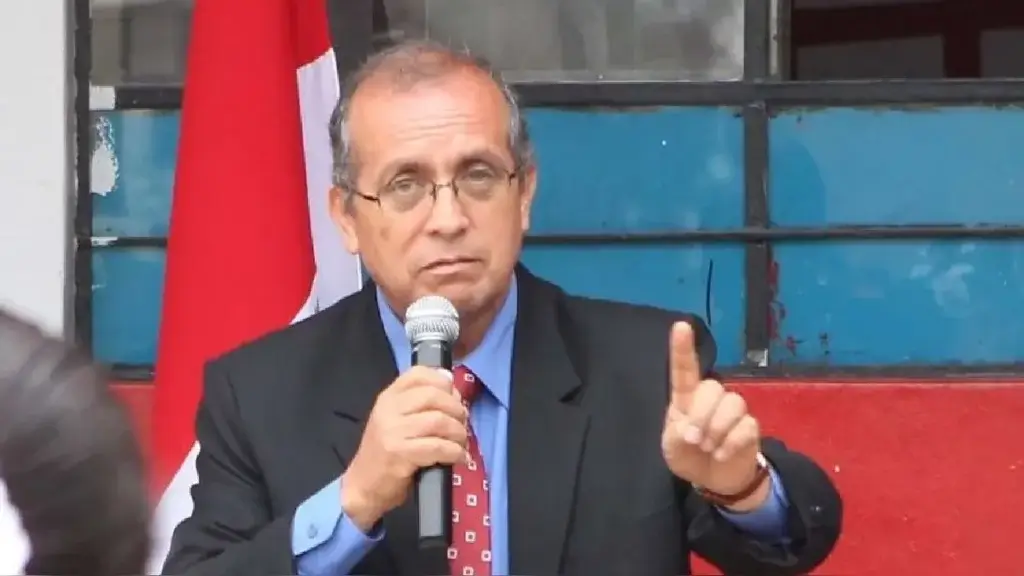
The Latin American Integrated Market (MILA) is a stock exchange which unites the Colombia, Lima, Mexico and Santiago stock exchanges under one trading platform.
The MILA exchange looks to integrate securities trading in the four member countries of the Pacific Alliance, which include Chile, Colombia, Mexico and Peru. The four countries’ governments are united by a commitment to free trade, as opposed to the more state-planned, protectionist economies of the Mercosur bloc, which includes Argentina, Brazil, Paraguay, Uruguay and Venezuela.
The MILA exchange was launched on May 30, 2011 by Chile, Colombia and Peru. The merging of the three Andean countries’ markets immediately created Latin America’s second largest exchange by market capitalization, smaller than Brazil’s Bovespa and larger than the Mexican stock exchange.
In June 2014 the Mexican stock exchange joined MILA. Upon adding Mexico’s securities, the MILA exchange grew to $1.25 trillion, slightly larger than the $1.22 trillion listed on Brazil’s Sao Paulo exchange. While the two exchanges traded places with market fluctuations, corruption scandals at Brazil’s biggest firms ultimately led to a decline of as much as 85% in the Bovespa market capitalization.
Over 750 companies with a market value of more than $1.1 trillion are listed on the MILA exchange. The MILA employs dozens of registered brokers in each of the four member countries who are authorized to buy and sell stock of any registered company listed on the integrated market in local currency. From the issuers’ point of view, a single registration in any country gains access to investors in all four markets.
The Santiago stock exchange has 230 listed companies, many of which are retailers, with a market capitalization of $233 billion. The Colombia stock exchange, which features financial and oil companies, has 74 issuers with a market value of $153 billion. The Lima stock exchange’s 275 registered companies, the largest of which operate in the mining sector, have a market capitalization of $120 billion. The Mexican stock exchange has 159 listed companies in various industries with a market cap of $481 billion.
At least six investment funds follow the MILA, including the S&P MILA Pacific Alliance Select and the S&P MILA Andean 40 indices. Both are designed to follow the 40 largest and most liquid stocks in the region. The former includes all four Pacific Alliance countries while the latter excludes Mexico to follow only the first three countries which inaugurated the MILA.
While the MILA exchange is currently the largest exchange in Latin America, trade volume is significantly lower than Brazil’s and even that of Chile and Mexico. The project has had difficulties in overcoming obstacles in integration between the governments’ regulators and tax regimes.
The four governments chose to follow a work-in-progress model in which the exchange would be implemented in stages in order to avoid alienating various stakeholders. However, there is still limited activity on the exchange five years after its inauguration.
The alignment of tax and legal systems are among the greater challenges, as well as currency exchange which doesn’t cut into margins. Proponents would like to see lower transaction costs and improved trade efficiencies lead to a market where listing a security in any of the four member exchanges will allow immediate promotion in all four markets. Freeing up each country’s national pension funds to invest in other country’s stocks, bonds and public debt is another priority.
However many in Latin America’s financial community are optimistic. Two of Brazil’s largest investment banks have acquired financial institutions in Chile, Colombia and Peru. Companies in each member country are increasingly doing business with each other, and the number of “multilatinas” continues to grow.
The four countries signed agreements to advance integration at the last Pacific Alliance summit in Peru, and debt securities within each country will be available through the MILA in 2016.






